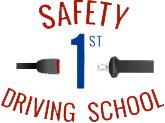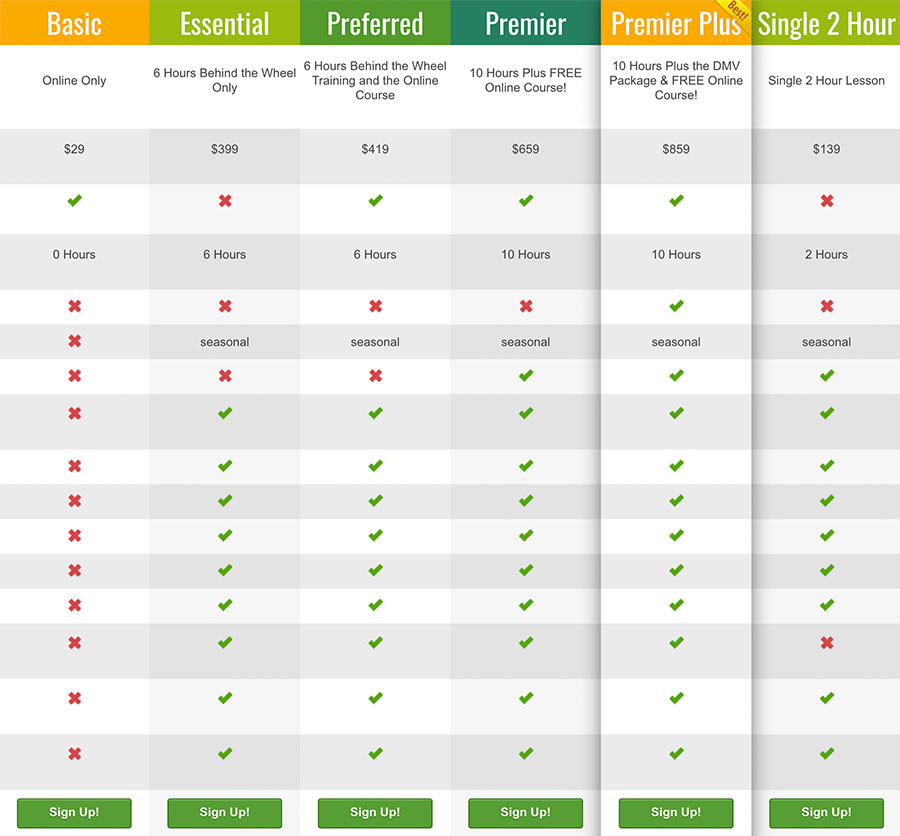April: Distracted Driving Awareness Month
 Local Orange County governments are getting really serious about the dangers of distracted driving. Last month in Newport Beach and Costa Mesa, more than 700 drivers were ticketed for texting while driving or using a cell phone while driving without a hands-free device. Newport Beach police wrote 491 tickets and Costa Mesa police wrote 117 tickets for distracted driving. (source: dailypilot.com)
Local Orange County governments are getting really serious about the dangers of distracted driving. Last month in Newport Beach and Costa Mesa, more than 700 drivers were ticketed for texting while driving or using a cell phone while driving without a hands-free device. Newport Beach police wrote 491 tickets and Costa Mesa police wrote 117 tickets for distracted driving. (source: dailypilot.com)
About 200 police departments in Orange County are participating in distracted driving campaigns; Costa Mesa, Tustin, Santa Ana, Newport Beach, Irvine, Cypress, and Anaheim are among them. Fines are around $160 for a first offense and over $280 for subsequent offenses.
We think you’ll agree that our society has become quite dependent upon our cell phones. We are living in an “immediate gratification” age – cell phones and social media provide constant, immediate contact with hundreds of people. While that issue alone is the topic of much debate, our aim here is to discuss the dangers of this “cell phone addiction” – not being able to turn it off or set it aside even briefly, for the sake of one’s safety behind the wheel.
How Dangerous is Cell Phone Use While Driving?
Here’s the thing. Not many of us are truly honest with ourselves when it comes to our driving. Most of us think we are good drivers, safe drivers, and defensive drivers. Most of us think that while “those people” can’t handle eating a cheeseburger and talking on the cell phone while driving a stick shift, we make it look easy.
You don’t think texting while driving is serious? Check this out. According to the Cypress Police Department:
“Drivers who use hand-held devices are FOUR TIMES more likely to be involved in crashes serious enough to injure themselves. In addition, studies show that texting while driving can delay a driver’s reaction time just as severely as having a blood alcohol content of a legally drunk driver. According to research, sending or receiving a text takes a driver’s eyes from the road for an average of 4.6 seconds. Even a three second glance at freeway speeds means a driver has traveled the distance of a football field.” (Emphasis added by Safety 1st.)
Did you read that? Just THREE seconds of taking your eyes off the road on the freeway and you’ve driven the length of a football field. A LOT can happen in the length of a football field, wouldn’t you agree? That could mean a traffic slow down or stop, a lane change, any number of things.
And if you’re one of the people who think texting while driving is pretty benign compared to driving drunk, think again! Your reaction time is just as impaired by texting.
Perhaps you’ve seen the “It’s not Worth it” signs on the freeways. Don’t be fooled: this isn’t just a teenage problem. Adults are just as likely to text and talk while driving. And car crashes related to distracted driving are totally preventable, so there’s no excuse for these awful statistics!
Hands-Free Gives False Security
According to the Cypress Police Department, the same risks exist for both hands-on and hands-free devices. So don’t be fooled into thinking you’re much safer by having an earbud or Bluetooth in. If you’re talking on the phone in ANY form while driving, you are still distracted from what’s going on around you. So even the best multi-taskers out there, beware!
[hr]
Let’s be honest with ourselves. Texting and talking on the phone while driving is dangerous, plain and simple. Don’t try to justify it.
Let’s have a better perspective on this issue and be more concerned with safety than with responding to every bell, beep, and ding our phone send us.
Because It’s [REALLY] Not Worth It.
Don’t agree? Ask someone who has been injured in a car accident by someone who was texting…or ask someone who is responsible for the death of another human being because of texting. The latest tweet, Instagram or Facebook update becomes much less important when you think of it that way.


